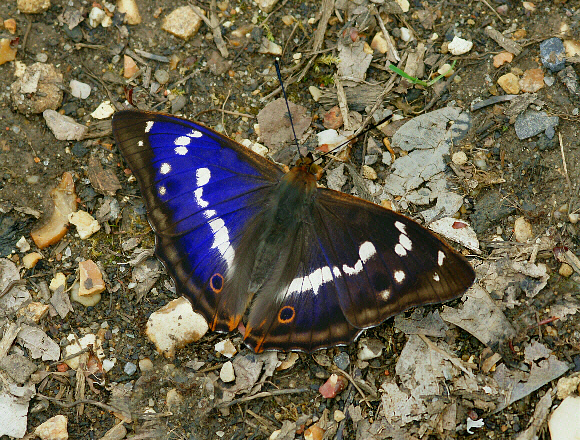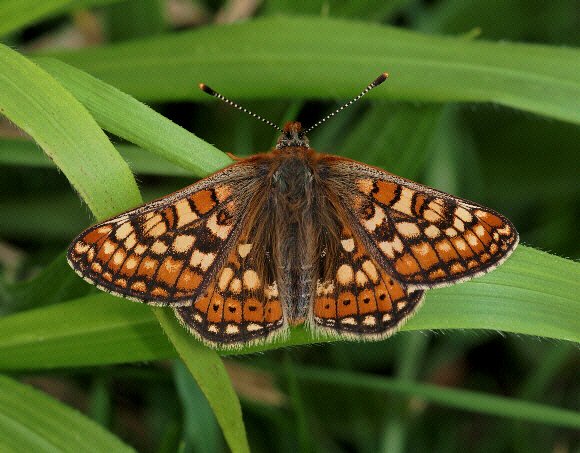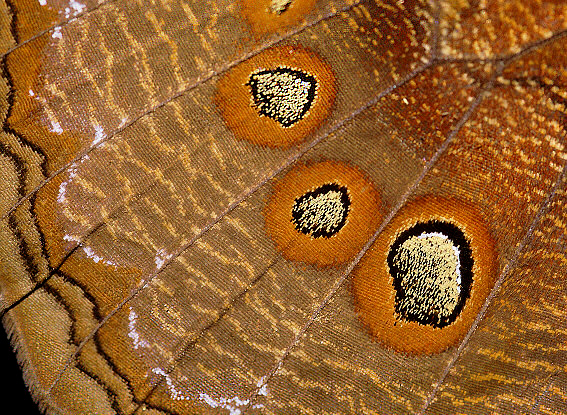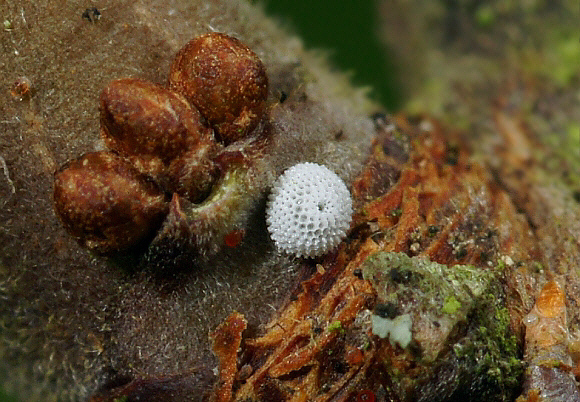Camera designs
Point & shoot compacts and megazooms have advanced a lot in recent years but if you are serious about photographing butterflies you really need a DSLR or CSC camera. Both types accept a huge range of interchangeable lenses, flashguns and accessories making them suitable for a wide range of subjects including landscapes, sports, portraits and wildlife as well as butterfly photography.
DSLRs have optical viewing systems that use mirrors and prisms to divert incoming light from the lens to the viewfinder. When the shutter button is pressed the mirror swings instantly out of the way, allowing the light to reach the sensor. The viewfinders are bright but have the disadvantage that the view is momentarily interrupted when the mirror is raised and the shutter is open. The mechanism may also introduce vibrations which can affect image sharpness.
CSCs dispense with mirrors and prisms. Instead the image from the sensor is relayed to an EVF (electronic viewfinder), and onto a live-view monitor on the rear of the camera. There are many advantages over DSLRs – less mechanical parts, less vibration and faster auto-focusing. Viewfinder sharpness and clarity on the most recent models is equal to that of optical prism finders.
Which brand?
I’m often asked to advise on camera purchases. “Should I get a Canon or a Nikon?”, “Who makes the best lenses?”. People often claim that one brand is better than another. I doubt if Van Gogh or Picasso descended into brand loyalty debates about their paintbrushes! My advice would be to steer clear of such debates. Just shortlist a few cameras that meet your specifications, then go to a shop and handle each of them. A camera which feels good in your hands, with easily accessible controls and a high quality viewfinder will be quicker and far more enjoyable to use than a fiddly, gimmick-laden but less well designed model.
Choosing the right model
From an economic standpoint it is advisable to buy a camera that is due to be discontinued, because prices drop dramatically when a replacement model is on the horizon. Upgrading to the very latest hi-spec model is an enticing prospect however! Personally I upgrade about once every 4 years, and buy a well established and proven model. When choosing a model I prefer to go for a camera with a superior autofocus and metering system rather than a similarly priced model with more megapixels or with an articulated focus screen or advanced video capability.

Purple Emperor Apatura iris, photographed by natural light with a budget DSLR – Adrian Hoskins
Lenses
All the major manufacturers produce a vast range of lenses suitable for every conceivable situation, including a wide choice of macro lenses of various focal lengths. Always check compatibility between lenses and camera bodies by using the charts shown on the camera manufacturer websites. Beware that certain camera functions may not work if you fit an incompatible lens.
There are 3 basic types of lens available – primes, zooms and macros. Don’t be misled into thinking that the so-called ‘macro’ facility of zoom lenses will give you results as good as a real macro lens, it won’t. The results however are quite acceptable to many people, and it’s well worthwhile having a general purpose zoom with a close-up facility.

Euphydryas aurinia, 18-70mm zoom set at 70mm and closest focus – Adrian Hoskins
Zoom lenses
Standard kit lenses, typically 18-70mm zooms, offer a reasonable working distance and focus close enough to fill the picture with a medium sized butterfly. Most manufacturers also offer longer zooms such as 18-135mm or even 18-250mm. These versatile optics will cover a huge range of subjects – butterflies, birds, sports, portraits, landscapes etc; and can be left permanently fixed to the camera.
The disadvantage of zoom lenses is that they usually have a small maximum aperture. This reduces viewfinder brightness making it harder to compose photos in poor lighting conditions. Zoom lenses never focus as closely as true macro lenses. They are fine for larger butterflies but they don’t focus close enough to photograph blues, coppers or skippers.
Many people find it difficult to approach nervous butterflies, and prefer to use long prime telephotos that enable them to shoot from further away. The greater working distance however can often be a disadvantage as it severely limits your choice of viewpoint. Another big problem with such lenses is their weight, which makes them difficult to hold steady and necessitates the use of a tripod.
Macro-lenses
If you are really serious about butterfly photography, particularly if you want to photograph larvae, pupae, anatomical details etc, you will need a proper macro lens, i.e. one that will focus continually from infinity down to life-size without needing to fiddle with switches, or to add close up lenses.

Essex Skipper Thymelicus lineola – Adrian Hoskins
The major manufacturers produce a range of macro lenses to cater for all needs. The light and easy to use lenses in the 60-70mm range are fine for the more approachable species, but butterflies are often quite nervous, so ideally you need something longer. Most users therefore feel happier using something in the 90-105mm range.
The best lenses feature internal focussing, which keeps the length of the lens constant regardless of focus distance and makes focussing much faster. These lenses have virtually silent focus motors.
Some of the more expensive lenses also feature image stabilisation which helps to reduce blurred images caused by camera-shake. At macro distances their effectiveness is limited but they will still let you use a slightly slower shutter speed assuming of course that the subject is stationary. Beware that image stabilisation only corrects for camera shake, it does not correct for subject movement!

To get this close you need a macro lens that provides a magnification ratio of 1:1 – Adrian Hoskins
If you are considering buying one of the longer 150mm or 180mm macro lenses, beware that these are a lot heavier, much more difficult to hold steady, and slower to focus than shorter lenses. There are times when they can be useful to photograph a distant butterfly, but for most of the time if you approach your subject carefully you should have no difficulty getting close with a 105mm macro.
Ultra close-ups
The egg illustrated below is about the size of a pin head. It was photographed at 1:1 scale using a 105mm macro lens. The resulting image was then heavily cropped and sharpened. To photograph subjects this small however it is much better to mount the lens on a long extension tube or bellows. These allow the lens to focus a lot closer, down to about 2x magnification. Unfortunately there are two major problems when using extension tubes or bellows. Firstly the amount of light reaching the sensor is greatly reduced, making it very difficult to see the image in the viewfinder. Secondly such set-ups are cumbersome, and are almost impossible to use without the aid of a strong tripod.
Another alternative is to mount a 10 dioptre close-up lens on the front of a normal macro lens. This allows more light to reach the viewfinder, making composition and focussing a lot easier. Close-up lenses are much cheaper than tubes or bellows. Unfortunately their optical quality is poor, but if you use an aperture of F11-16 the loss of sharpness is minimised and the results are fairly acceptable.

Brown Hairstreak egg Thecla betulae, actual size about 1mm diameter – Adrian Hoskins
